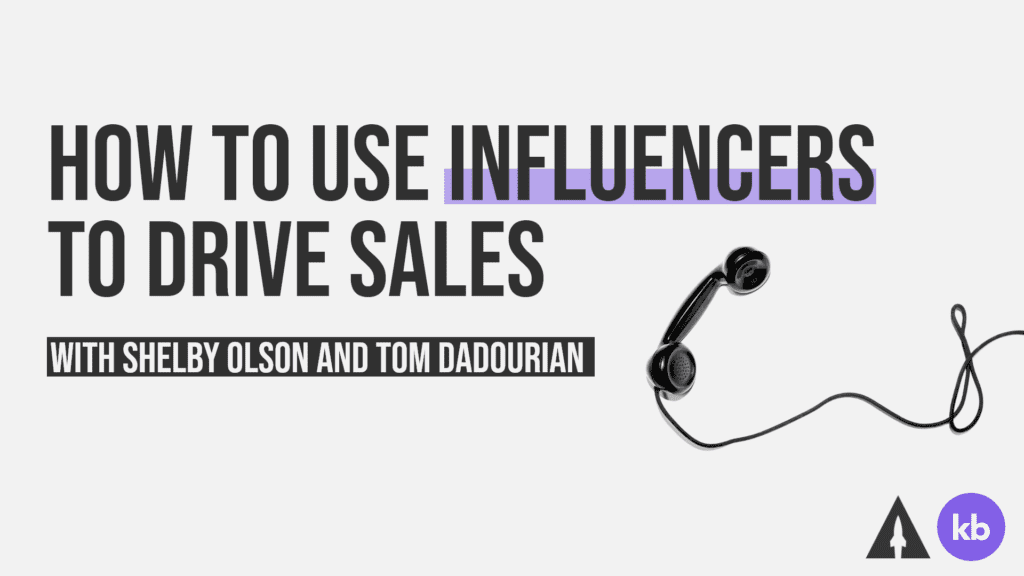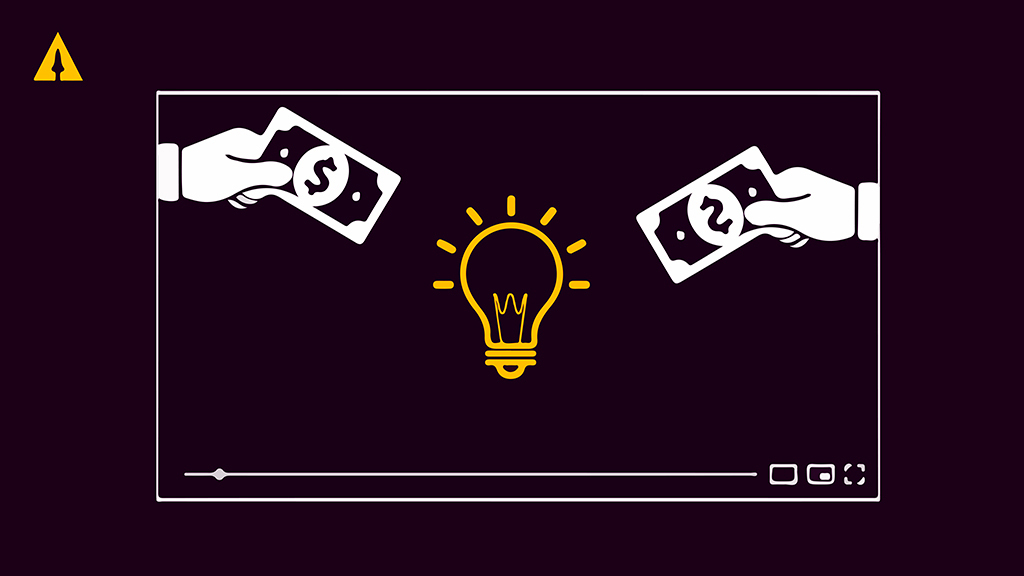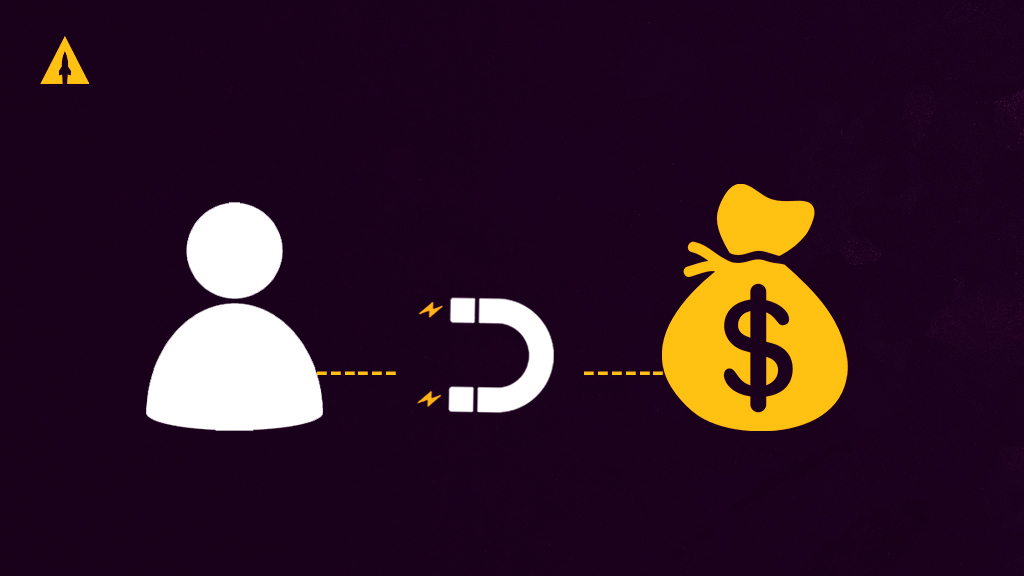
Influencer marketing is an incredibly powerful tool for getting your product in front of established audiences. We recently hosted a webinar with Kickbooster’s Shelby Olson, who walked through how to find the right influencers for your campaign, how to reach out, and what kinds of compensation structures work best with influencer marketing for crowdfunding. We recommend watching the replay, but we’ve written it out for you here as well!
Let’s start with a definition. Influencer marketing is a strategic partnership where brands engage with influencers to promote their product or brand. It may seem like you don’t need to use influencer marketing, but the truth is that 49% of today’s consumers depend on influencers of some kind to help them make purchasing decisions. 40% of buyers make their purchase after seeing the product shared by someone on their social media channels. This makes influencer marketing an incredibly important advertising avenue.
An influencer is simply someone who has the power to affect purchasing decisions. It doesn’t have to be a celebrity or superstar! Think about it this way: one of the biggest factors in someone deciding to purchase a new car is seeing a neighbor make that upgrade. It’s not necessarily a decision made because of need; it’s motivated by a subconscious desire to keep up with the people around you. That neighbor probably wouldn’t think of themselves as an influencer, but since they had bearing on someone making a purchase, that’s what they are.
Additionally, the way people use their influence isn’t always obvious. Greta Thunberg doesn’t promote any specific products, but she encourages people to make their voices heard by promoting sustainability and talking about the global impact of people’s purchases. Influencing is as much about a style and a way of living as it is about specific product promotion.
Contents
Audience matters
When thinking about influencers, you want to consider the number of people they can reach and what sort of engagement they have with that audience. You can use that information along with the fee they charge to determine whether or not working with that influencer is a good investment.
There are four main types of influencers to consider:
- Mega influencers. These are people with some sort of celebrity status, whether they’re a Hollywood star, an athlete, or a celebrity within their area of expertise. They have followings of more than a million people, but tend to have lower engagement with their posts. They can also be very expensive to work with.
- Macro influencers. These influencers have between 100,000 and 1 million followers. They’re not as large as mega influencers, but their audiences tend to be more engaged. They generally work with an agency or manager, so they can be expensive to work with as well.
- Micro influencers. These influencers have between 10,000-100,000 followers. This is the biggest community of influencers on social media. They tend to be topic or industry experts who have influence over certain areas or audiences. Their audiences are very engaged, so working with them tends to bring a good return on investment.
- Nano influencers. These are everyday consumers with a following under 10,000. They tend to have little to no experience working with brands because they’re just regular people. They rarely have brand engagements; instead, they promote things occasionally when a brand reaches out to them. They have a loyal and trusting following of friends and family, and they can be the most impactful influencers to work with because of the impact they have on decisions.
People tend to think of influencer marketing as being for bigger brands like Nike or Pepsi, but it can be extremely effective for crowdfunding. The trick is finding the right type of influencers to work with and then finding the right individuals to promote your product.
Influencer marketing for crowdfunding
For crowdfunding, you want to focus on smaller influencers. Remember, as we explained above, you’ll get higher engagement the lower on the list you go. You want to find people whose influence is related to your product, because it’ll be easier to reach and negotiate with people who have that fit with what you’re selling.
Think of the three Rs when considering whether an influencer is a good fit or not.
- Reach: how many followers does the influencer have?
- Resonance: how much does the audience engage with the influencer?
- Relevance: does the audience match with your target profile?
How to find the right influencers
The first step is simple: Google your product. Look at news sources to find content about your topic, and keep in mind that an influencer doesn’t have to be a single person–it can be a blog or news source dedicated to your field. As long as it’s something that affects how people think about products, it counts as an influencer.
Look at YouTube content creators in your area. There are a lot of YouTube videos related to product reviews, and those can help you get in front of a new audience. It can help to look up your competitors or a similar type of product. As an example, if we’re trying to find influencers to promote a travel backpack, looking at “outdoor products” and “travel gear” would be a good start.
Look at relevant hashtags on social media to find topic-specific influencers of a variety of sizes. Check out the top page on Instagram to see posts that get a lot of engagement. The people on that page tend to know how to work with content and make products look good (though you might pay more for that kind of experience).
Reach out to podcasts relevant to your product. The hosts themselves are influencers who can talk about your product, and the show has a built-in audience. See if you can appear as a guest, or consider running an advertisement.
Check out other campaigns, past and present, to see who’s talking about them. If they wrote about a similar campaign, there’s a good chance that they’ll also write about your product.
You can also search for curated lists to jump-start your research. Going back to our travel backpack example, if you search for “best travel blogs,” you’ll find pre-made lists showcasing different travel blogs that you can then reach out to. These lists will also often say who those sites reach and what they talk about, which can help you make a decision.
How to communicate with influencers
It’s important to be personal with influencers. Get on their radar before you make contact; it’ll make your initial introduction a lot smoother if they know your name from seeing it in their comments and likes. Engage with their content!
When you reach out to them, let them know why you think their audience is a good fit for your product. Ask if they’re open to collaborating rather than presenting them with a direct ask right away. This can get you pointed in the right direction for a working relationship.
Be upfront about what kind of samples you can send–or even whether or not you’ll be able to send one. Keep in mind that most influencers will want to have something in their hands that they can use before promoting it to their followers, since they’ve built their brand around people being able to trust their opinions. They will be less likely to want to recommend things that they can’t speak to personally.
Try looking internally for influencers! People who are already in your audience and using your other products can speak to your quality of work. They can also connect you with other influencers, and getting that warm introduction can create an increased level of trust.
What to include in your pitch
Your pitch should have three parts: the story, the ask, and the offer.
- Story: talk about who you are, what your project is, and why the influencer/their audience should care. Make connections between what you do and they do. This context is important!
- Ask: tell them why you’re contacting them and what you hope to gain from a collaboration. Be specific!
- Offer: let them know what you’ll give them in return. There are three things that you can offer: cash, commissions, and credits or free products. Cash is best for people who aren’t your customers or who wouldn’t benefit from multiple units. This would be true for publications or big bloggers. Commissions are good if you can’t pay an upfront fee. They’re also great because you’ll only pay a percentage for sales they help generate, which means they’ll keep pushing your product because there’s no cap on what they can earn, and they only earn a commission if they drive a sale. Credit or free products are often only useful with smaller influencers who will be thrilled to have your product first, though it can be a gamble–just because they have it early doesn’t mean they’ll share it.
Commissions can be a great tool for crowdfunding. It’s very low-risk; you only pay when you get results, so the return on investment is fixed, and it’s something that you can negotiate. Kickbooster, our partner on the webinar we did on this topic, is an excellent partner for commissions on crowdfunding campaigns. Check out why in this article.
Additional benefits
You’ll get user-generated content. Influencers are content creators who know how to sell products. They know how to talk to their audiences, and they’ll do what’s best to sell to them.
Influencers are motivated to help you sell. Especially with commissions, it’s in their best interest to showcase your product in the best way possible. After all, they only get paid if they directly drive sales for you.
You’ll get more authentic advertising. A Facebook or Google ad is a good way to get your product in front of people, but having a small influencer promoting your product will help people connect with it on a personal level.
Things to keep in mind
Engagement level is more important than having a ton of followers. You don’t just want to target the biggest possible audience; you want to work with influencers who have invested audiences.
Be picky about who you work with. It’s better to work with a small group of influencers whose values and interests align with yours than a large group of people who might not represent your brand in the ways you’d like. Don’t tie yourself to someone controversial!
Diversify your investments. It’s almost always better to work with an assortment of smaller influencers than one bigger one. Don’t think of overlapping audiences as a bad thing, either–a potential backer seeing the same product from more than one influencer can increase their likelihood to purchase.
Start early. As with everything else in crowdfunding, giving yourself time to plan and get everything in place before you launch is critical. This can be especially important with samples, as you want to make sure you account for shipping time and the time it will take for the influencer to create content for your product.
Influencer marketing can be a very important way to direct traffic to your campaign, and getting started with influencers is easier and less costly than you might have thought! If you want help with influencer marketing or any other part of your crowdfunding campaign, apply to work with us today.




